
Back Pain
Back pain is something most of us will experience at some stage during our lives and is the most common reason for missed days at work. Back pain affects primarily the lower back and the good news is, that in most cases, the cause of pain is not serious and can be resolved in a few days or weeks. However, some symptoms can be more serious requiring a full assessment and diagnosis by an experienced Physiotherapist or GP. This article will help you to determine when self-help is enough or when it is best to seek further advice. If you are experiencing lower back pain, our Physiotherapy and Occupational Health teams are here to help by providing comprehensive treatment and advice. On-site workplace or workstation assessments are also available which is the best starting point for back pain at work.
Understanding Your Back
Your spine is made up 24 separate bones called vertebrae which are connected together by a series of ligaments and soft tissue. The lower part of your spine is joined to the sacrum which is part of your pelvis. The curves, shapes and various sizes of the vertebrae (along with the discs found in between them), help to evenly distribute the weight of your body on the spine and creating the flexibility necessary to bend or rotate your back. A complex group of muscles are attached to the spine which allows you to move your back. There are also postural muscles which help to maintain the shape and curves of your spine, keeping them in the correct position, as well as help to keep you upright. The spinal cord passes through the centre of each vertebra. The cord ends in your lower back where it becomes a series of strands called the “cauda equina” (horses tail). Either side of each vertebra are spinal nerve exits from the spinal cord which pass sensory and motor signals between your brain and a certain part of your body which the nerve innervates.
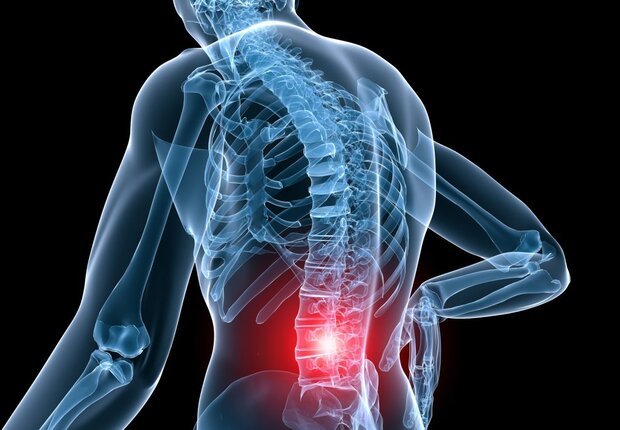
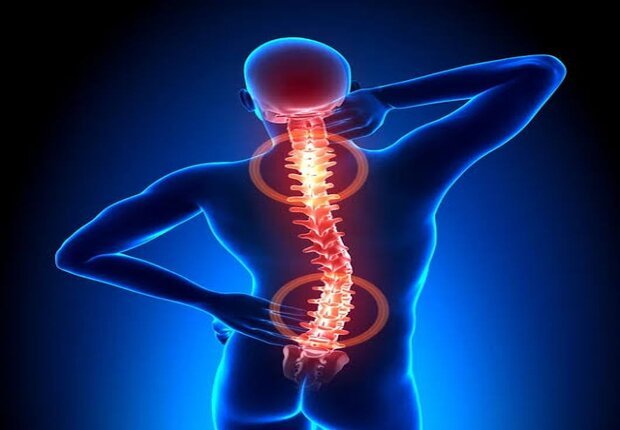
Symptoms of Lower Back Pain
Occasionally symptoms may be related to conditions other than poor posture, for example, prolapsed disc, fracture, facet joint impingement or nerve root compression. You may experience any of the following symptoms:
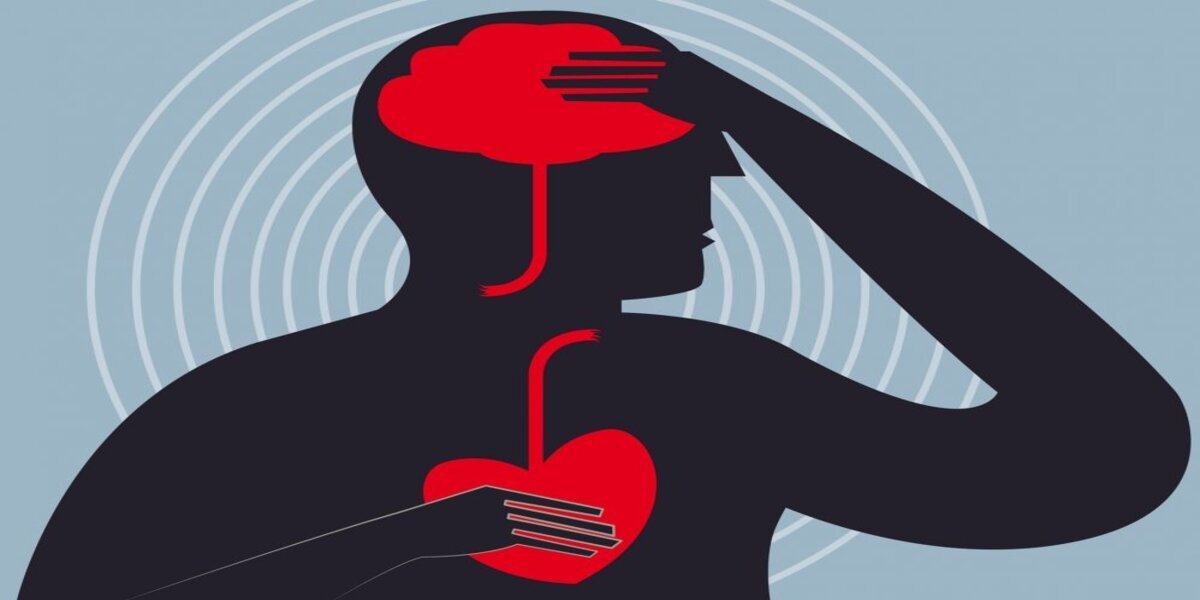
Stroke Treatment: Life after Rehabilitation
Stroke is loss of brain function due to a disturbance in the blood supply to the brain. This disturbance is caused by either Ischemia (lack of blood flow) or Haemorrhage (rupture of blood vessels). Ischemia can be caused because of thrombosis (blood clot) blocking the flow of blood to brain and accounts to 80% of stroke cases. Stroke and Ischemic heart disease together form the most lethal disease in India, causing long lasting brain damage and debilitating disabilities among those who survive.
A stroke occurs when the blood supply to part of your brain is interrupted, depriving brain tissue of oxygen and food. Within minutes, brain cells begin to die. There are many factors that may contribute to having a stroke.
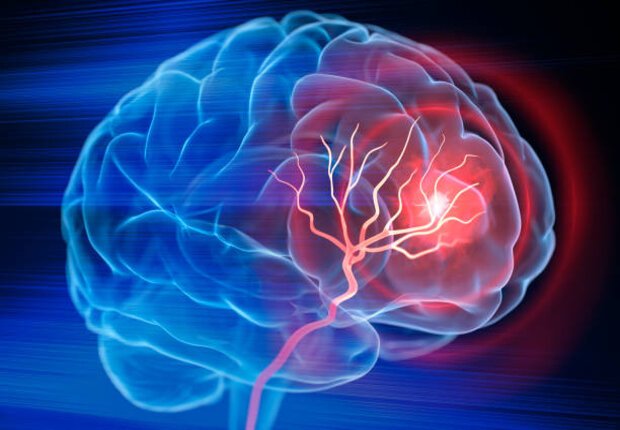
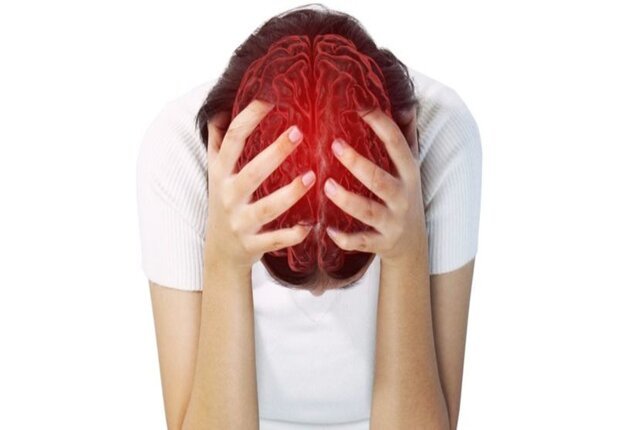
Risk Factors that can cause Stroke:
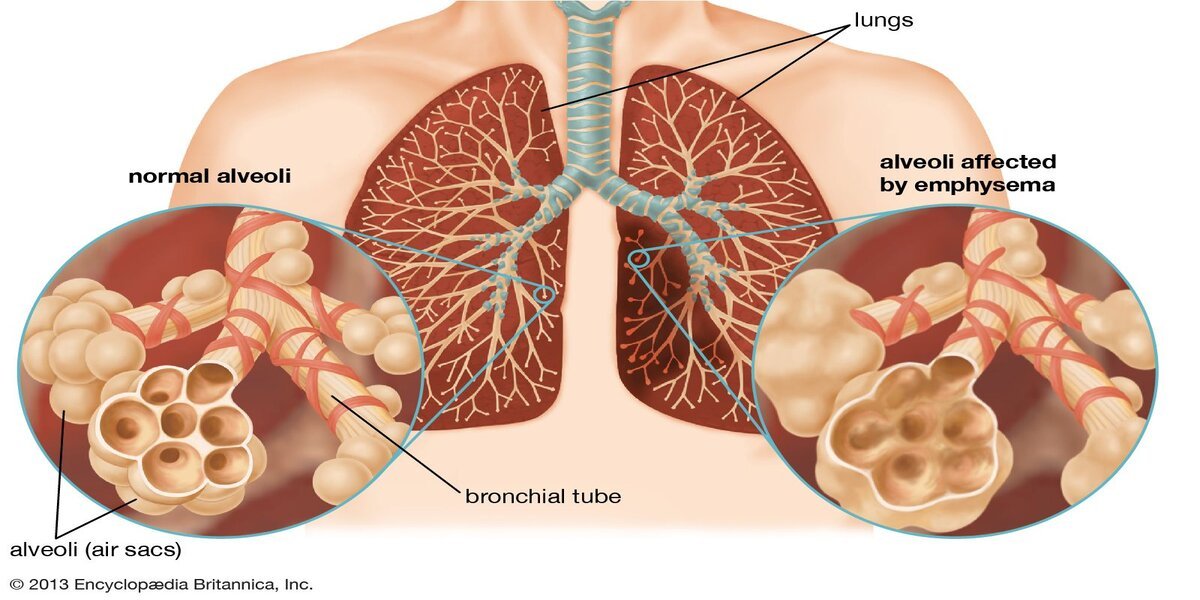
Respiratory Disorders
Respiratory disorders, or lung diseases, are disorders such as asthma, cystic fibrosis, emphysema, lung cancer, mesothelioma, pulmonary hypertension, and tuberculosis. If left untreated, lung disease can produce health complications, problematic symptoms, and life-threatening conditions. Lung disease is the third-leading cause of death in the United States, and lung disease and other breathing problems are leading causes of death in infants.
Chest pain may be an early symptom of lung disease, but it is most often associated with an attack of pneumonia, in which case it is due to an inflammation of the pleura that follows the onset of the pneumonic process. Pain associated with inflammation of the pleura is characteristically felt when a deep breath is taken. The pain disappears when fluid accumulates in the pleural space, a condition known as a pleural effusion. You can control these risk factors by adopting a healthy lifestyle. Try eating healthily and indulge yourself in physical activities like walking and exercising. Make sure you quit smoking immediately to avert any risk of any kind of respiratory problems. If unattended, these can become more severe.
Chronic respiratory diseases can be classified as either obstructive or restrictive. When a respiratory condition causes congested or clogged airways, it is referred to as obstructive. This hinders the lungs’ ability to exhale. Common asthma triggers obstructive respiratory conditions that irritate airways, including stress, pollen, chemical gases, and other allergens. When the lungs cannot expand to their full capacity, respiratory diseases are classified as restrictive. Pulmonary fibrosis, lung cancer, chronic obstructive pulmonary disease (COPD), and sarcoidosis are some examples of restrictive respiratory diseases.
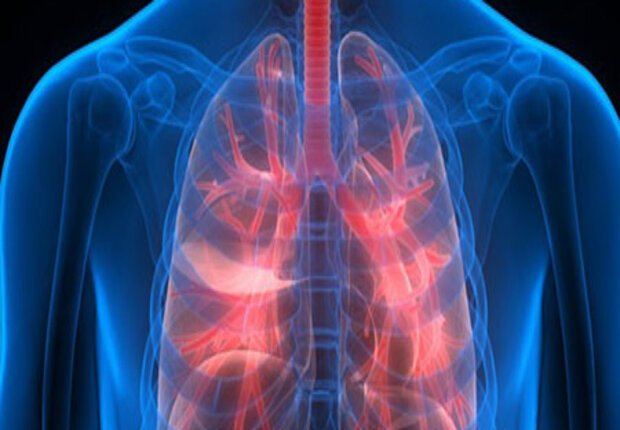
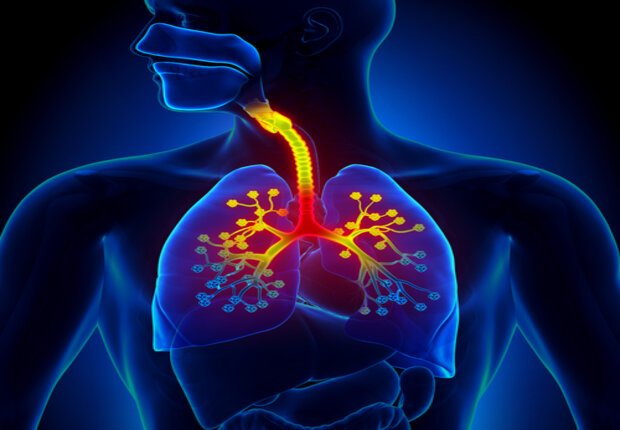
Different Types of Respiratory Disorders:
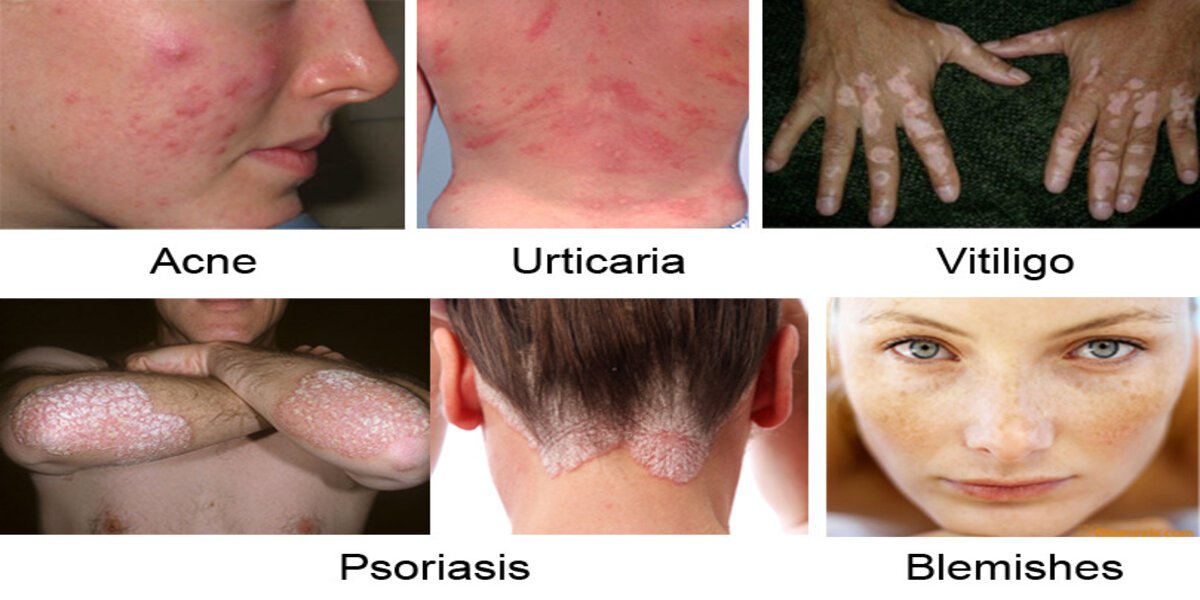
Skin Disorders
Skin disorders, such as acne and eczema, vary greatly in symptoms and severity. They can be temporary or permanent and may be painless or painful. Some can be life threatening. Skin conditions have a wide range of symptoms. Symptoms on your skin that appear due to common problems aren’t always the result of a skin disorder. Such symptoms can include blisters from new shoes or chafing from tight pants. However, skin problems with no obvious cause may indicate the presence of a skin disorder that requires treatment.
Having a skin condition can be distressing. You may experience itching or pain, and if the rash is visible, it can be distressing. All this can have a negative impact on mental health. That said, researchers also believeTrusted Source there may be a biological link between stress and other psychological problems and skin symptoms such as acne, psoriasis, eczema, itching, hives, and more. In addition, there are diseases, such as Lupus, that affect both the brain and the skin, causing both mood and skin-related symptoms.

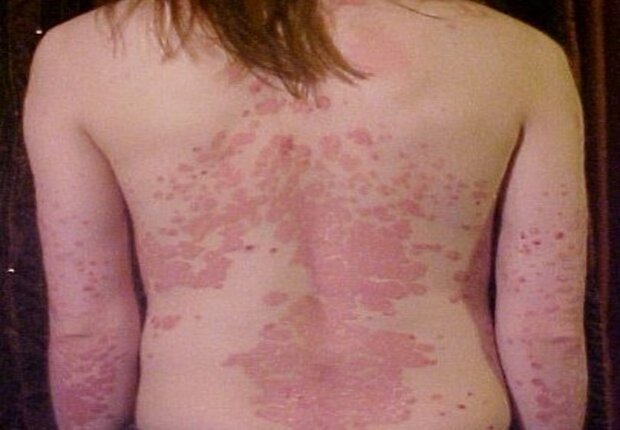
Skin Disorders in Children
Skin disorders are common in children. Children can experience many of the same skin conditions as adults. Infants and toddlers are also at risk of diaper-related skin problems. Since children have more frequent exposure to other children and germs, they may also develop skin disorders that rarely occur in adults. Common childhood skin disorders include:
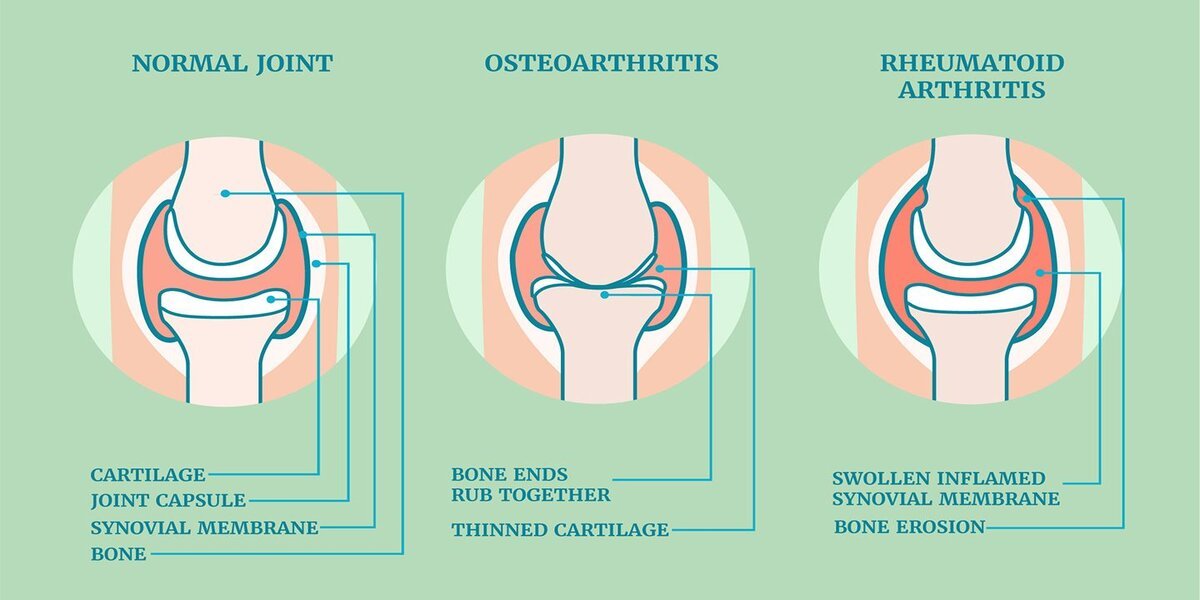
Rheumatoid Arthritis
Rheumatoid arthritis is a chronic inflammatory disorder that can affect more than just your joints. In some people, the condition can damage a wide variety of body systems, including the skin, eyes, lungs, heart and blood vessels. An autoimmune disorder, rheumatoid arthritis occurs when your immune system mistakenly attacks your own body's tissues. Unlike the wear-and-tear damage of osteoarthritis, rheumatoid arthritis affects the lining of your joints, causing a painful swelling that can eventually result in bone erosion and joint deformity.
The inflammation associated with rheumatoid arthritis is what can damage other parts of the body as well. While new types of medications have improved treatment options dramatically, severe rheumatoid arthritis can still cause physical disabilities. Early rheumatoid arthritis tends to affect your smaller joints first — particularly the joints that attach your fingers to your hands and your toes to your feet. As the disease progresses, symptoms often spread to the wrists, knees, ankles, elbows, hips and shoulders. In most cases, symptoms occur in the same joints on both sides of your body.
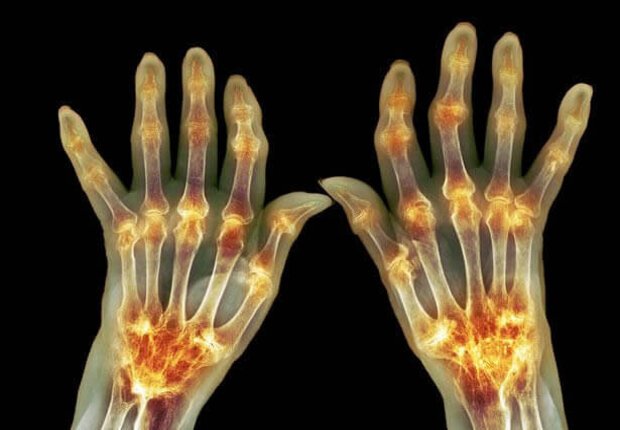
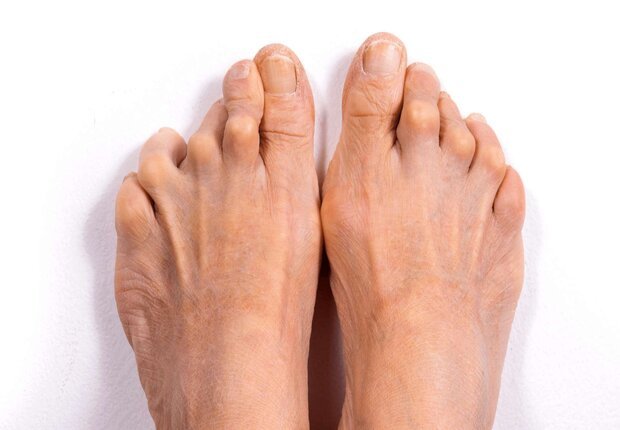
Complications caused by Rheumatoid Arthritis
Rheumatoid arthritis increases your risk of developing:
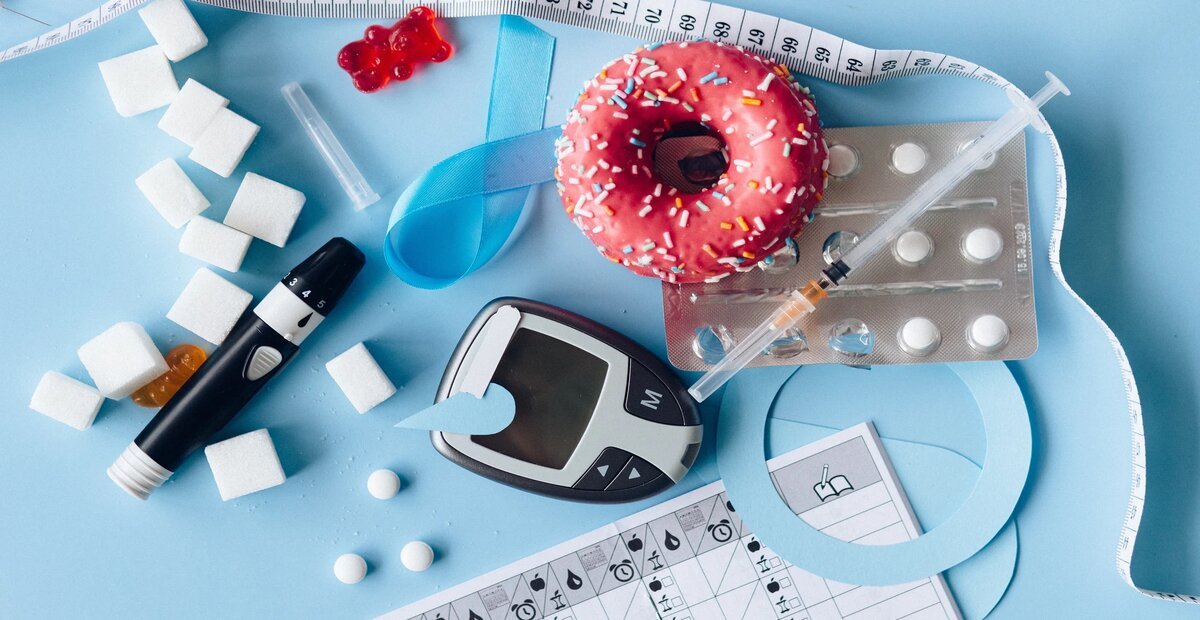
Diabetes Mellitus 2
Type 2 diabetes is a condition that happens because of a problem in the way the body regulates and uses sugar as a fuel. That sugar also is called glucose. This long-term condition results in too much sugar circulating in the blood. Eventually, high blood sugar levels can lead to disorders of the circulatory, nervous and immune systems. In type 2 diabetes, there are primarily two problems. The pancreas does not produce enough insulin — a hormone that regulates the movement of sugar into the cells. And cells respond poorly to insulin and take in less sugar.
Type 2 diabetes used to be known as adult-onset diabetes, but both type 1 and type 2 diabetes can begin during childhood and adulthood. Type 2 is more common in older adults. But the increase in the number of children with obesity has led to more cases of type 2 diabetes in younger people. Losing weight, eating well and exercising can help manage the disease. If diet and exercise aren't enough to control blood sugar, diabetes medications or insulin therapy may be recommended.
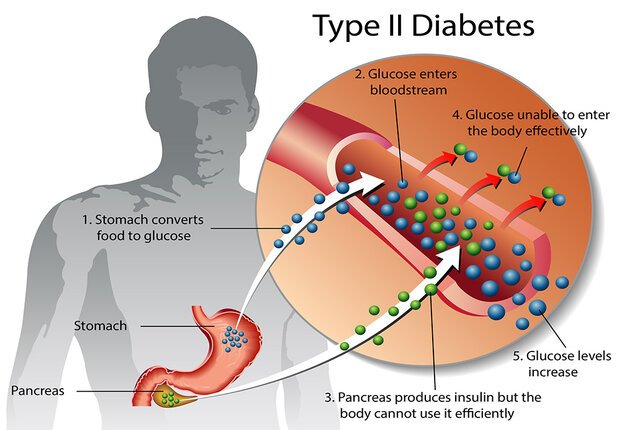

Symptoms of Diabetes Mellitus 2:
Symptoms of type 2 diabetes often develop slowly. In fact, you can be living with type 2 diabetes for years and not know it. When symptoms are present, they may include:
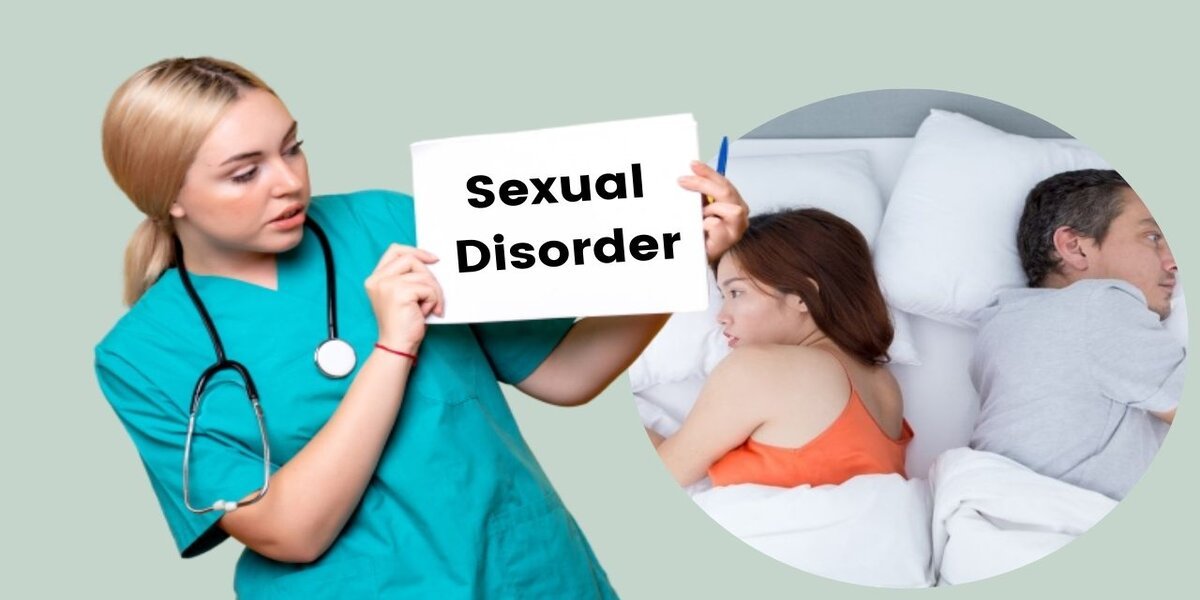
Generalised Body Weakness (Spl Sexual Treatment)
Sexual dysfunction is a problem that can happen during any phase of the sexual response cycle. It prevents you from experiencing satisfaction from sexual activity. The sexual response cycle traditionally includes excitement, plateau, orgasm and resolution. Desire and arousal are both part of the excitement phase of the sexual response. It’s important to know women don’t always go through these phases in order.
What causes sexual dysfunction?
Physical causes: Many physical and/or medical conditions can cause problems with sexual function. These conditions include diabetes, heart and vascular (blood vessel) disease, neurological disorders, hormonal imbalances, chronic diseases such as kidney or liver failure, and alcohol use disorder and substance use disorder. In addition, the side effects of some medications, including some antidepressant drugs, can affect sexual function.
Psychological causes: These include work-related stress and anxiety, concern about sexual performance, marital or relationship problems, depression, feelings of guilt, concerns about body image and the effects of a past sexual trauma.
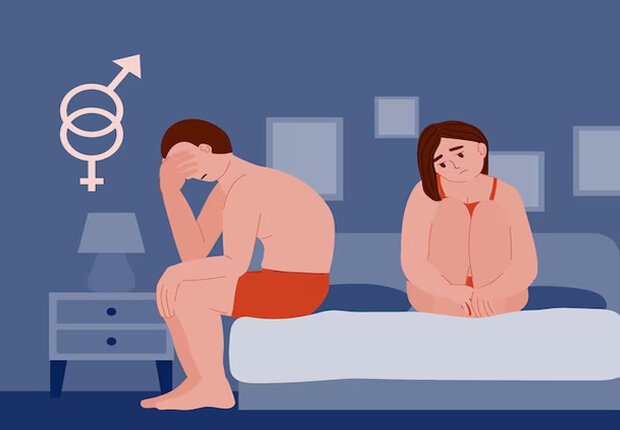

What are the types of sexual dysfunction?
Sexual dysfunction generally is classified into four categories:
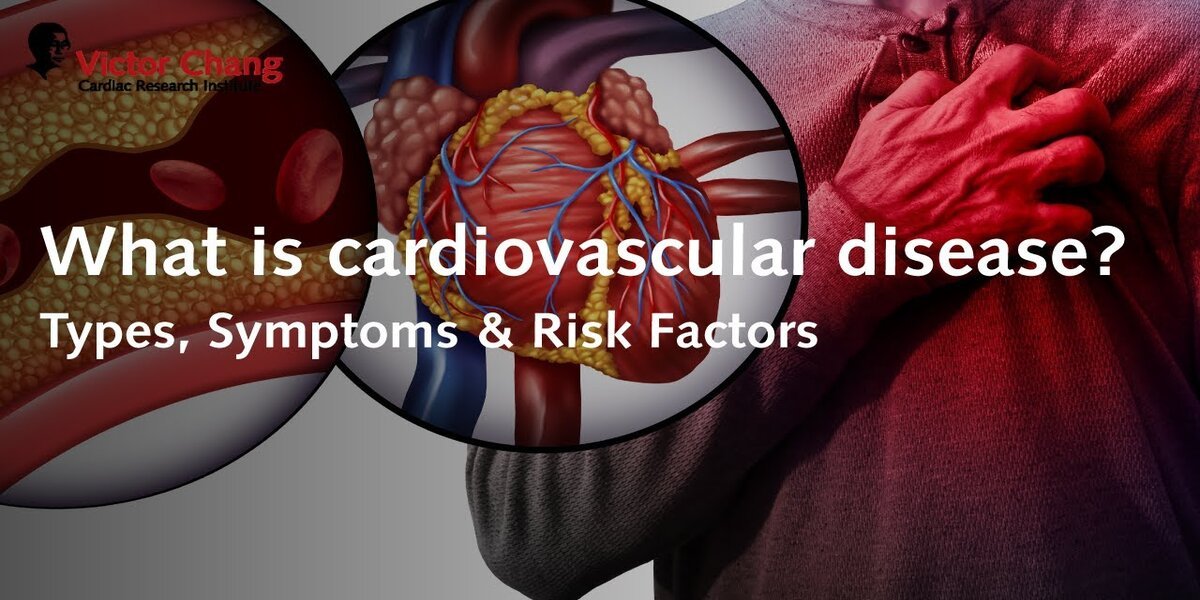
Cardiac Problems
Cardiovascular disease is a group of diseases affecting your heart and blood vessels. These diseases can affect one or many parts of your heart and/or blood vessels. A person may be symptomatic (physically experiencing the disease) or asymptomatic (not feeling anything at all). The causes of cardiovascular disease can vary depending on the specific type. For example, atherosclerosis (plaque buildup in your arteries) causes coronary artery disease and peripheral artery disease. Coronary artery disease, scarring of your heart muscle, genetic problems or medications can cause arrhythmias. Aging, infections and rheumatic disease can cause valve diseases.
Coronary artery disease is a common heart condition that affects the major blood vessels that supply the heart muscle. Cholesterol deposits (plaques) in the heart arteries are usually the cause of coronary artery disease. The buildup of these plaques is called atherosclerosis (ath-ur-o-skluh-ROE-sis). Atherosclerosis reduces blood flow to the heart and other parts of the body. It can lead to a heart attack, chest pain (angina) or stroke. Coronary artery disease symptoms may be different for men and women. For instance, men are more likely to have chest pain. Women are more likely to have other symptoms along with chest discomfort, such as shortness of breath, nausea and extreme fatigue. You might not be diagnosed with coronary artery disease until you have a heart attack, angina, stroke or heart failure. It's important to watch for heart symptoms and discuss concerns with your health care provider. Heart (cardiovascular) disease can sometimes be found early with regular health checkups.
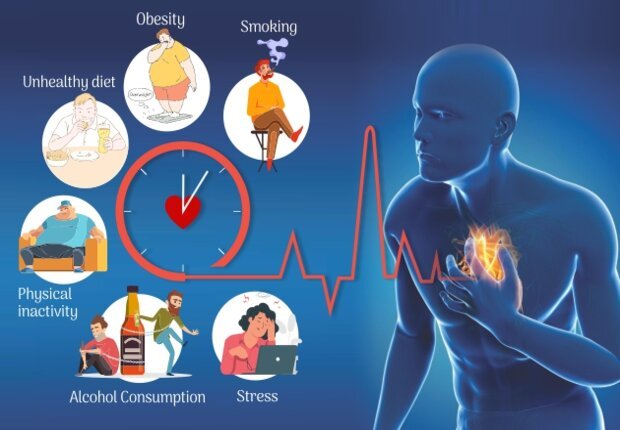
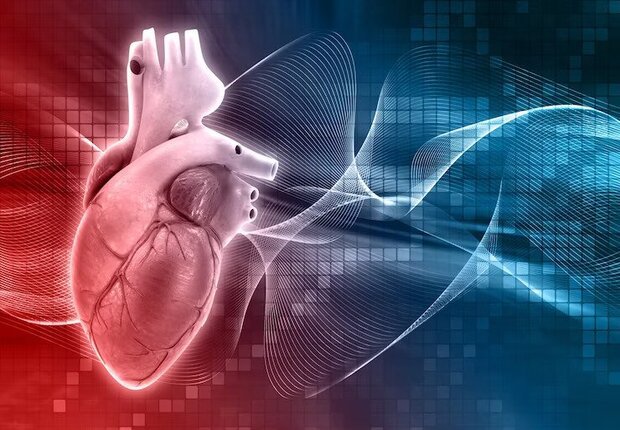
What are Cardiovascular Disease Risk Factors?
You may be more likely to develop cardiovascular disease if you have risk factors such as:

Depression
Depression is a mood disorder that causes a persistent feeling of sadness and loss of interest in things and activities you once enjoyed. It can also cause difficulty with thinking, memory, eating and sleeping. It’s normal to feel sad about or grieve over difficult life situations, such as losing your job or a divorce. But depression is different in that it persists practically every day for at least two weeks and involves other symptoms than sadness alone. There are several types of depressive disorders. Clinical depression, or major depressive disorder, is often just called “depression.” It’s the most severe type of depression.
Without treatment, depression can get worse and last longer. In severe cases, it can lead to self-harm or death by suicide. The good news is that treatments can be very effective in improving symptoms. Depression is a mood disorder that causes a persistent feeling of sadness and loss of interest. Also called major depressive disorder or clinical depression, it affects how you feel, think and behave and can lead to a variety of emotional and physical problems. You may have trouble doing normal day-to-day activities, and sometimes you may feel as if life isn't worth living. More than just a bout of the blues, depression isn't a weakness and you can't simply "snap out" of it. Depression may require long-term treatment. But don't get discouraged. Most people with depression feel better with medication, psychotherapy or both.
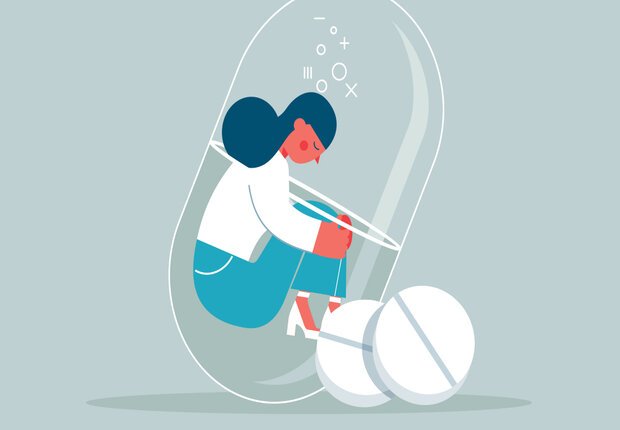
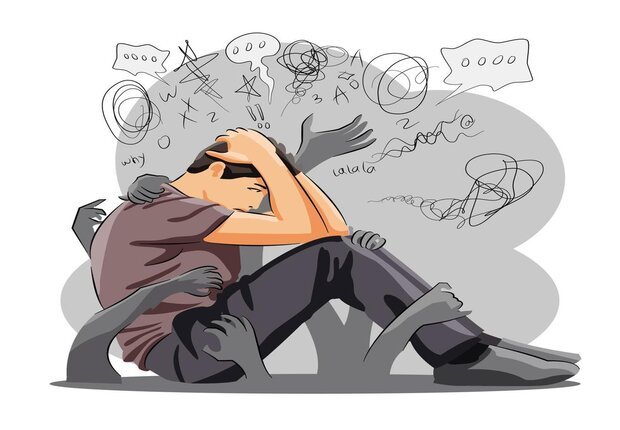
Who does Depression affect?
Depression can affect anyone — including children and adults. Women and people assigned female at birth are more likely to have depression than men and people assigned male at birth. Having certain risk factors makes it more likely that you may develop depression. For example, the following conditions are associated with higher rates of depression:
